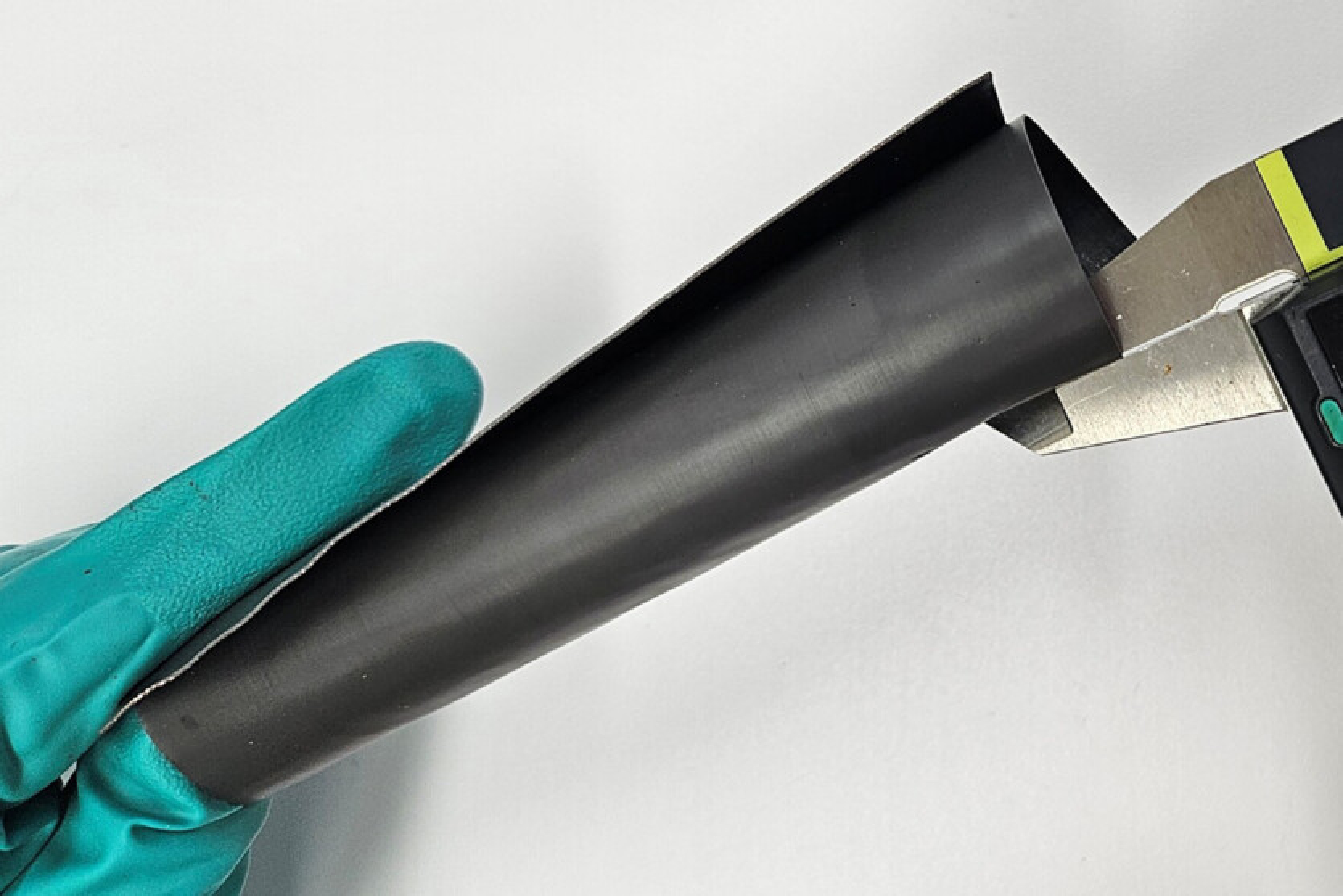South Korean scientists have developed a thin film that absorbs nearly all electromagnetic waves across three bands: 5G, 6G, and Wi-Fi.
The research team led by Dr. Byongjin Park and Dr. Sang Bok Lee from the Department of Composite and Convergent Materials at the Korea Institute of Materials Science (KIMS) has created the world's first ultra-thin composite film that is able to absorb over 99% of electromagnetic waves of various frequencies.
The material, which absorbs and shields against electromagnetic waves, is less than 0.5 mm thick and features a low reflection coefficient (below 1%) and a high absorption coefficient (over 99%) across three different bands.
Electromagnetic waves emitted by electronic components can cause interference, leading to performance degradation of nearby electronic devices. To mitigate this, electromagnetic shields are utilized.
Absorbing electromagnetic waves is more effective at reducing interference than reflecting them. However, conventional electromagnetic shielding materials reflect over 90% of waves, with actual absorption often as low as 10%. Materials with higher absorption capabilities are typically limited to a single frequency range.
To overcome these limitations, the research team developed a composite material capable of absorbing electromagnetic waves in multiple frequency ranges simultaneously. This technology effectively eliminates issues related to secondary interference. The material is also sufficiently thin, flexible, and durable, maintaining its shape even after several thousand bends, making it suitable for use in phones and wearable devices.
The team synthesized the magnetic material by altering the crystal structure of ferrite. The researchers created an ultra-thin polymer composite film and added conductive patterns on the back side of the film to control wave propagation. This significantly reduces the reflection of electromagnetic waves at specific frequencies.
A thin film made of carbon nanotubes with high shielding properties was applied to the back side to enhance the material's useful characteristics.
“This material has the potential to significantly increase the reliability of wireless communication devices, such as smartphones and autonomous vehicle radars,” says senior researcher Byongjin Park from KIMS.
The research team has completed the registration of a domestic patent and has also filed patent applications in the U.S., China, and other countries. Furthermore, the technology has been transferred to several Korean material manufacturing companies, and it is already being applied in real communication devices and vehicles. The research has been published in Advanced Functional Materials.
Source: TechXplore














Comments (0)
There are no comments for now